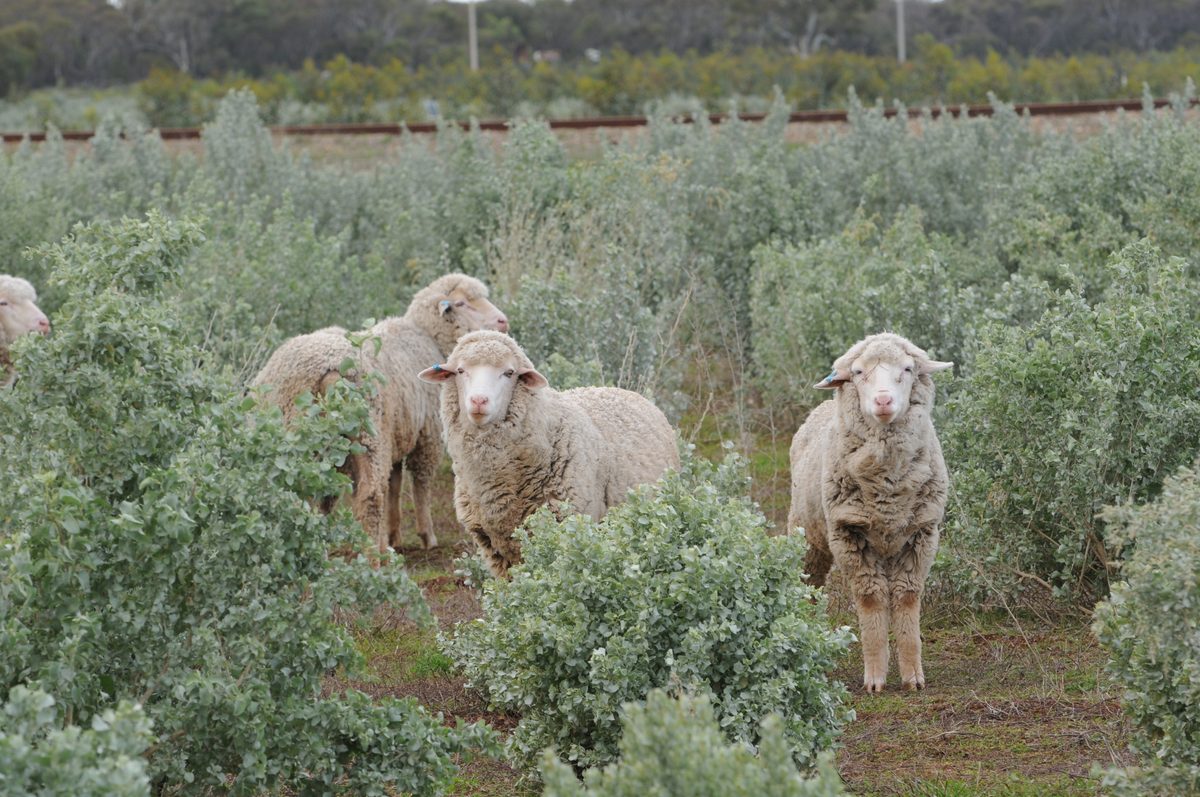Perennial production systems
Perennial production systems offer many advantages over annual production systems both above and below-ground in terms of maintaining ecosystem functions. Perennials maintain the soil cover, soil structure and biota and have deeper root systems than annuals and thus provide soil stability and enhanced soil health. They can also tap available soil nutrients, enhance biodiversity, make more water available to plants, and capture and sequester carbon to a greater extent than more shallow rooted annual plants.
These deeper roots allow perennials to access water stored deeper in the soil profile which enables them to grow and maintain ground cover during the drier periods of the year. Their deep and extensive root systems are also effective in reducing the impact of salinity by lowering the water table and preventing soil erosion by binding soil.
These systems help to reduce salinity and soil erosion, conserve biodiversity and contribute to drought and climate change adaptation.
In recent years, DEW partnered with the Future Farm Industries CRC, which aimed to increase the adoption of sustainable and profitable farming systems based on perennial plants.
Although the Future Farm Industries CRC has now concluded, a wealth of information was produced by DEW and other research partners on woody crop species and industries (FloraSearch project), carbon accounting methodologies and a better understanding of the growth, productivity and carbon sequestration potential of revegetation and farm forestry in southern Australia (Carbon Sequestration from Revegetation project).
Much of this research and information will be applied in Greening Goyder, a broad scale landscape restoration strategy targeting the marginal land between the agricultural zone and the rangelands. Many parts of this landscape are not viable for cropping and are typically degraded due to historical clearing. Strategic revegetation will establish a mix of biodiversity species plus palatable perennial shrubs and grasses in order to:
- Create a 'green buffer' that will provide a landscape transition from our more productive agricultural land into the drier rangelands
- Provide mitigation of climate change by sequestering woody carbon
- Potentially reduce methane production by including ‘anti-methanogenic’ plants into grazing systems
- Stabilise a historically eroded landscape with the deeper perennial plant roots
- Improve biodiversity by providing habitat for native birds, plants and animals
- Increase productivity and support grazing enterprises of local farmers
Archived information from the Future Farm Industries CRC provides a valuable resource for perennial production systems.
- EverCrop – Perennials for better crop-livestock systems (csiro.au) website
- EverGraze More livestock from perennials website
- Future Farm Industries CRC Archived website
- Perennial forage shrubs providing profitable and sustainable grazing
- Perennial forage shrubs — from principles to practice for Australian farms
- Prospects for Perennials
- Potential contribution of forage shrubs to economic returns



